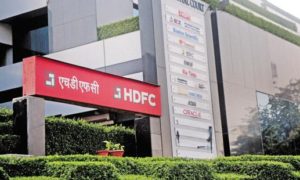Keeping in touch with the current inflationary conditions, the six members RBI Monetary Policy Committee decided to keep the short term lending rate (repo rate) unchanged at 6% in its fifth bi-monthly policy review. Here’s a look at the history of the repo rates
| Meet | 06 Dec 2017 | 02 Aug 2017 | 08 Feb 2017 | 07 Dec 2016 | 04 Oct 2016 | 05 Apr 2016 |
| Change in Repo Rate | 0 | -0.25 | 0 | 0 | -0.25 | -0.25 |
How the stock markets reacted?
Hearing this news, the SENSEX tanked by 205 points to 32,597 similarly the NSE NIFTY also slackened by 74 points to 10,044 levels. The major loser of the day was the banking stocks which closed at 348 points lower to 28,110 levels (BSE Bankex). This harsh step also weakened Indian rupee against the US dollar in the early trade session.
RBI’s Inflation projection
The RBI has forecast the increase in the inflation rate for the next two quarters from 4.2 percent to 4.6 percent to 4.3 percent to 4.7 percent. The rise in inflation is attributed to several reasons like the impact of the rise in the price of crude oil and vegetables.
Fifth Bi-monthly Monetary Policy Statement, 2017-18 Resolution of the Monetary Policy Committee (MPC) Reserve…https://t.co/QDP0tKxwQM
— ReserveBankOfIndia (@RBI) December 6, 2017
The GVA (Gross Value Added) forecast for FY 2018 was kept standstill at 6.7 percent. Despite the stoic action taken by the RBI, the government is pushing the envelope to reduce the lending rates so as to boost private investments. What do you think will it succeed?















Pingback: Macroeconomic Signals Affecting RBI Policy Moves